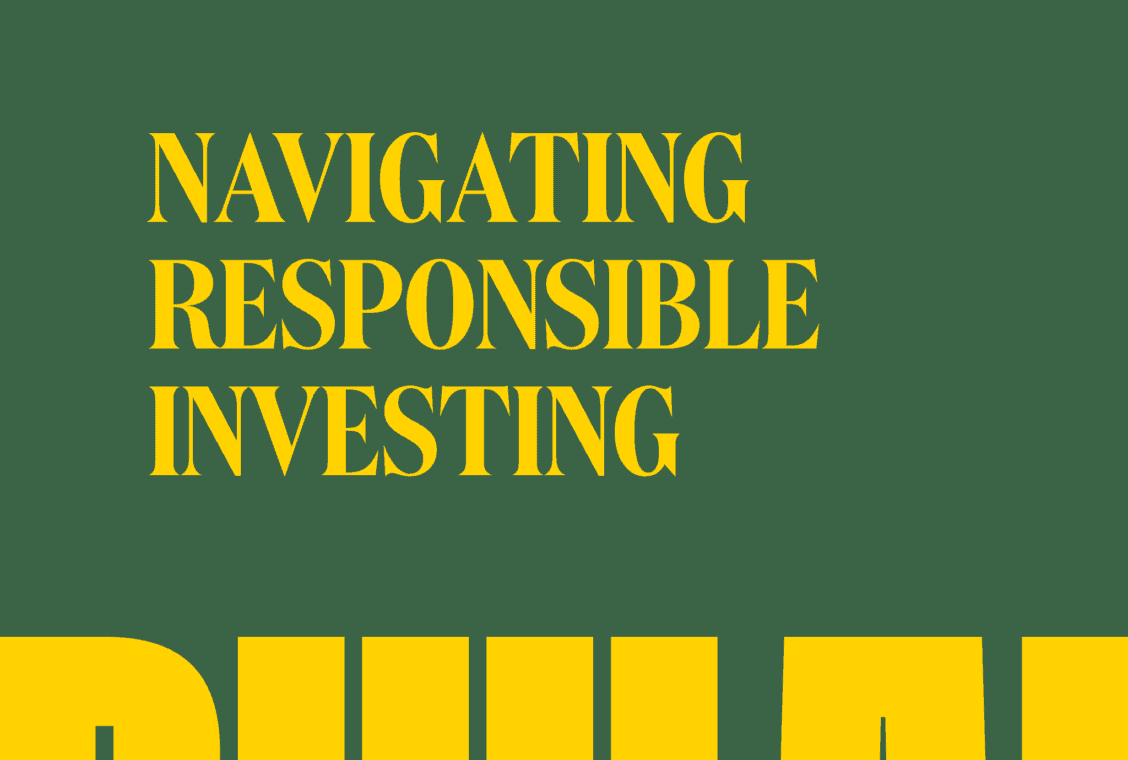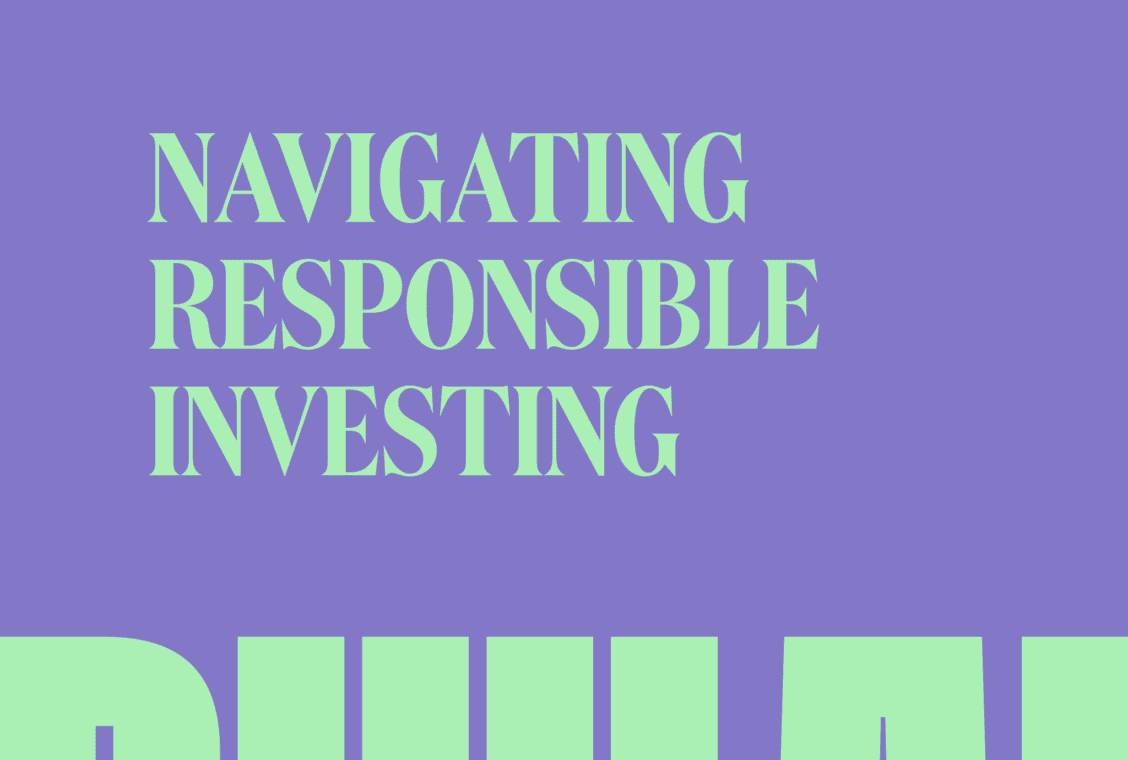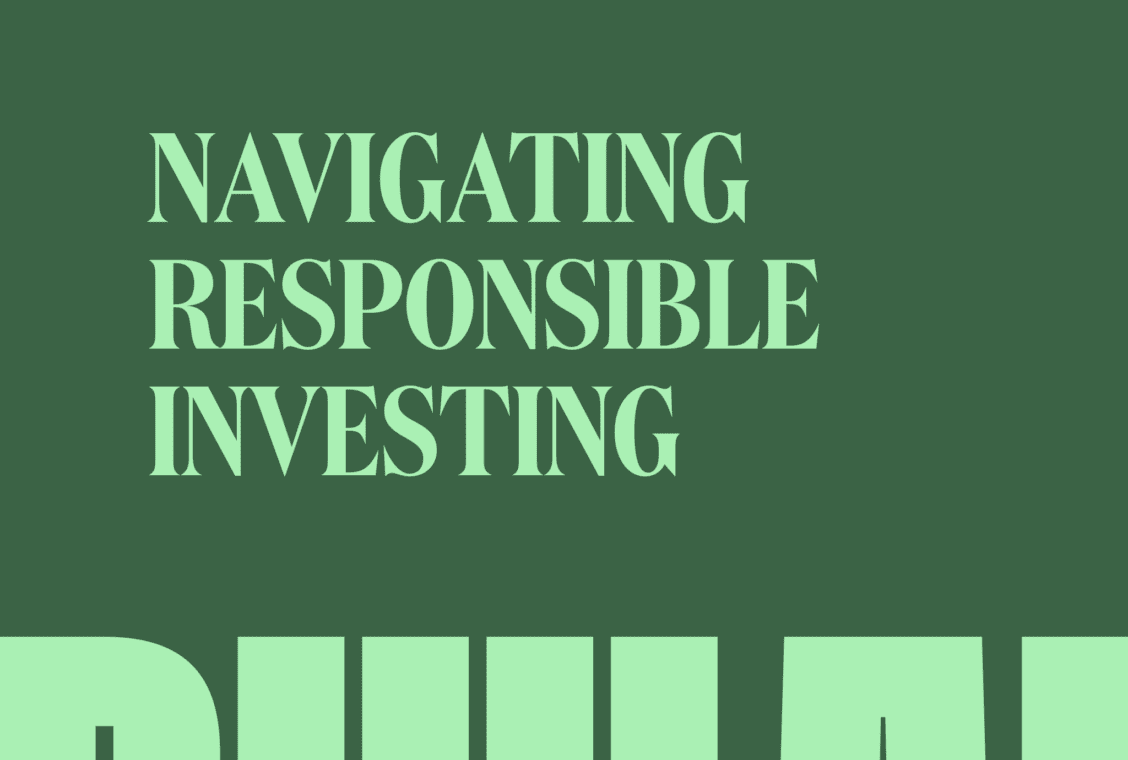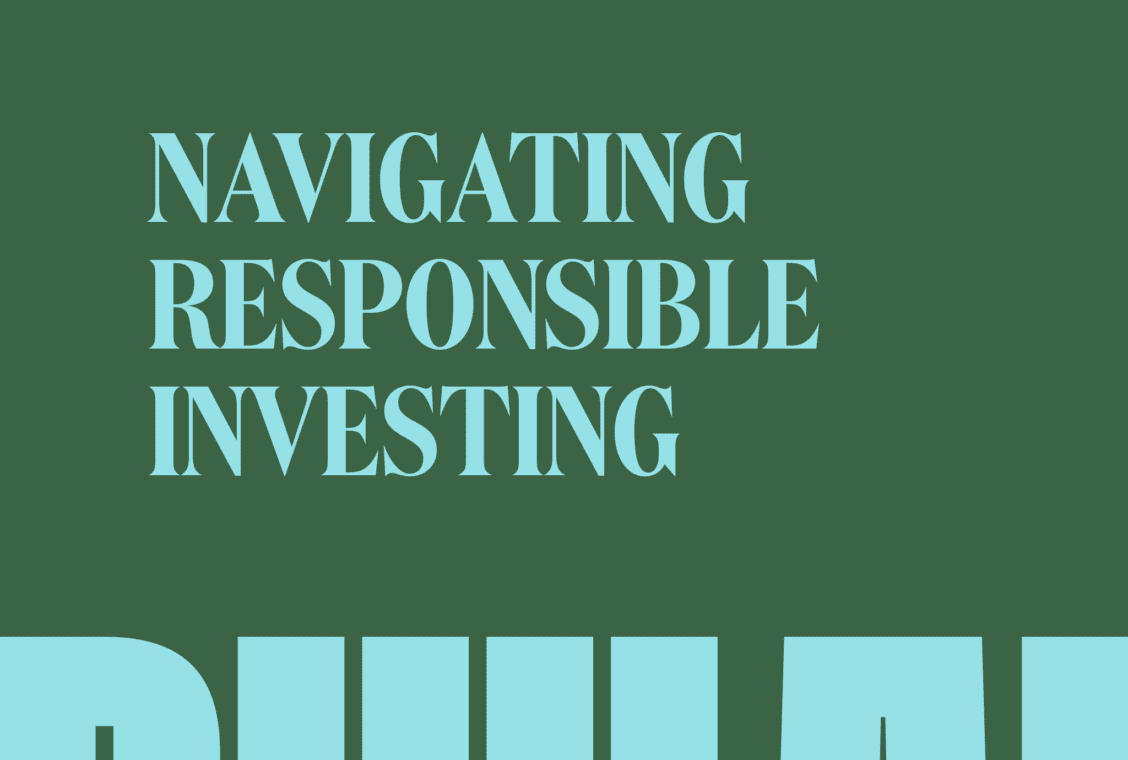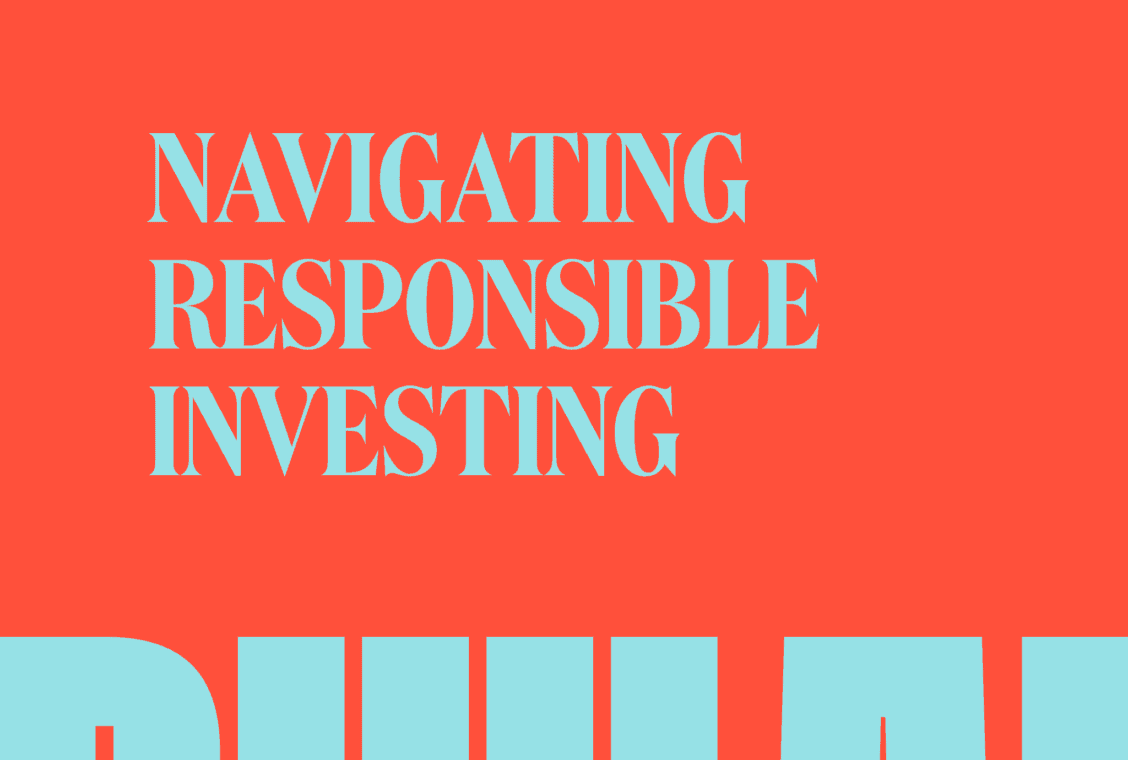Transition finance: An important strategy on the path to net-zero
Within and among the boards of charitable foundations, a range of viewpoints may exist in terms of what constitutes climate leadership and how to effect meaningful change on the path toward a net-zero-carbon economy. How funds are invested matters, write Greg Elliott and Monika Freyman – and allocating invested assets in ways that accelerate the pace of change matters most.
